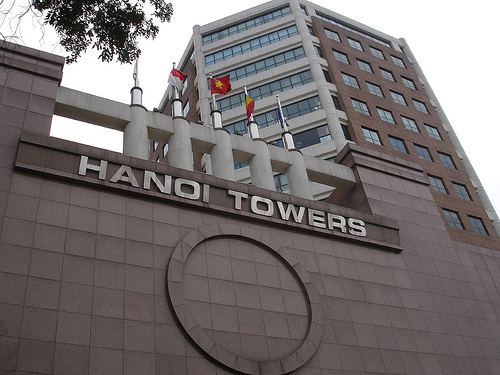

Substituting this value gave a closed-form expression for \(T_n\). Eventually, we noticed a pattern, which allowed us to express \(T_n\) using the very first term, \(T_1\), whose value we knew. To understand better write me an email.\( \newcommand\), etc.

The C implementation is a little bit different. It is based on 6 recursive function that call each other. My thanks go to José Antônio Fabiano Mendes from Brasil for pointing out that. (For more puzzles check the pages of Vincent Lefèvre, France. The Algorithm is the same for the Prolog and for the Scheme implementation. The following variation of the famous Tower of Hanoi puzzle was offered to grade 3-6 students at 2ème Championnat de France des Jeux Mathématiques et Logiques held in July 1988.

#HANOI TOWERS BIG OH PROOF CODE#
This code will help you to understand if you are working correctly with your own implementation if you do not have a graphical representation in the standard output, as happened to me while i was writing the Prolog and Scheme code. You will find when you do the calculation that it works out to be O (2n) where n is the number of disks that you have. Just copy in the input file the sequence of movements and then run the program, it will ask you the total number of disks, just type it correctly and it will print all the configurations. 'What is the Big-O for a recursive implementation of the Towers of Hanoi' is absolutely solvable. The input file must contain the move in this format: A,C that mean move from A to B. The puzzle starts with the disks neatly stacked in order of size on one peg, the smallest at the top, thus making. It consists of three pegs, and a number of disks of different sizes which can slide onto any peg. In other words, Towers of Hanoi is easy to analyze, which is different. The Tower of Hanoi or Towers of Hanoi is a mathematical game or puzzle. I implemented a C program (extra.c) that takes in input from a file the list of movements and prints in the standard output the system configuration at every shifts (like the C code output). An animated solution of the Tower of Hanoi puzzle for T (4,3). So you example A,C means move the disk from A to C Extra You will see the list of move printed in the output file, with the format X,Y where X is the source peg and Y is the destination peg. Type for example: (hanoi_bicolore -1 6 "A" "B" "C") So you example A,C means move the disk from A to C Schemeģ. Compile the code with: consult(‘bicolorHanoi_’).ģ. are the disks references, where the Number indicates the disk dimension and 'r','b' indicate the color (red, blue) PrologĢ. proof-verification induction proof-explanation. Where Prima 0-A, Seconda 0-B, Appoggio 0-C are the towers references and 4-r, 4-b, 3-r, 3-b. Proof with induction for a Tower of Hanoi with Adjacency Requirement. Tower of Hanoi is a mathematical puzzle where we have three rods and n disks. Design a nonrecursive algorithm for the Tower of Hanoi puzzle. In the Tower of Hanoi puzzle, disks stacked on one peg are to be moved to another with, perhaps an intermediate stop at a third, auxiliary peg. In the standard output you will see the list of movements and a graphical representation of the system: Use the most appropriate notation among O,, and to indicate the. As was discovered by Ian Stewart, puz ( Tower of Hanoi) has a surprising relationship to the Sierpinski gasket (also known as the Sierpinski triangle) and, therefore, to Pascals triangle. Just compile and run the code, initially it will ask you how many disks it has to consider, so if you type 10 it will put 5 disks for the first and the second pegs. Same size disks can be placed over one another. 1) Only one disk can be moved at any time.Ģ) At no time can a larger disk be placed on a smaller disk.


 0 kommentar(er)
0 kommentar(er)
